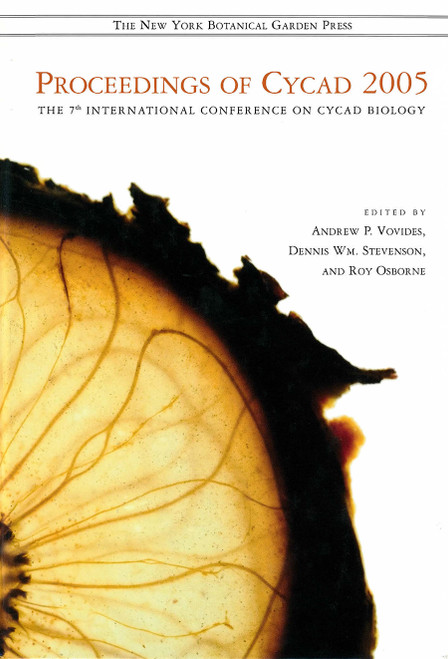This purchase only includes chapter 16 of this title.
Abstract
Since the 1960s several candidate cycad neurotoxins have been discovered, including a neurotoxic non-protein amino acid, BMAA, which was proposed by Spencer and co-workers as the cause of ALS/PDC in Guam. Interest in BMAA waned when Duncan and coworkers reported that Chamorro washing of the flour removes most of the free BMAA amino acid. However, it was recently discovered that signi�cant amounts of protein-bound BMAA are released when the protein fraction of cycad flour is hydrolyzed. Quanti�cation of BMAA in samples should be based on the most sensitive technique, fluorescent reverse-phase HPLC detection of ACQ-tagged derivatives, with LC-Mass Spec con�rmation of peaks; inappropriate techniques can result in loss of the BMAA signal. The discovery of protein-bound BMAA, together with the �nding that BMAA accumulates in flying foxes and other animals that forage on cycad seeds, suggests multiple inputs of BMAA within the traditional Chamorro diet. BMAA is produced by cyanobacterial symbionts of cycad coralloid roots and then biomagni�es within the Guam ecosystem. Diverse taxa of other free-living cyanobacteria also produce BMAA, which raises the possibility of human exposure to BMAA in other areas of the world. The discovery of BMAA in brain tissues of ALS/PDC and other neurodegenerative patients, but not in patients who died of causes unrelated to neurodegeneration, is interesting, but the sample sizes remain small. Until an animal model of BMAA-induced progressive neurodegeneration is published, the BMAA hypothesis should be considered tentative











